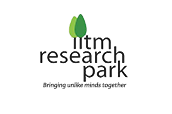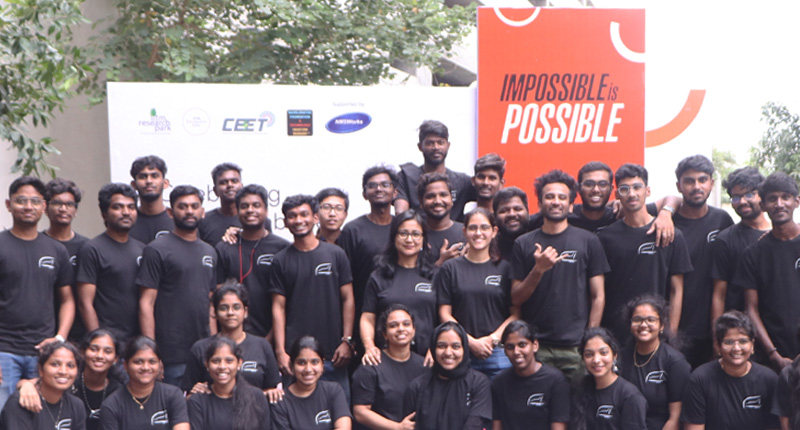• Students at IITMRP Summer Project have worked on futuristic technologies that can solve India’s tech challenges
• 100 youngsters were engaged as part of the Summer Projects, next year this will be scaled to 500 youngsters
• IITMRP is nurturing youth to drive India’s tech challenges
IIT Madras Research Park (IITMRP) in partnership with Maxelerator Foundation, brought together young tech talent to drive ambitious technologies, reimagining India’s tech landscape, focusing on the theme of “Impossible is Possible”. The 11-week Summer Project brought together 50 students from different campuses to work for 75 days on two ambitious and rather impossible sounding projects.
The project kickstarted on 15th May 2023 and over a period of 11 weeks, students were trained and supported by 25 project leads, 10 faculty members and other senior technologists to work on two projects, Autonomous Wheel Chair Vehicle (AWCV) and High-throughput Autonomous, Sustainable Human/Goods Transportation for India’s next Century (HASHTIC).
The summer projects saw participation from students from eight partner institutes across Coimbatore, Madurai, Tiruchengode, Andhra Pradesh and Telangana, where 50% of them were women. They were joined by around 40 engineers from MaxeleratorFoundation, adeep tech start-up technology ideation incubator in Madurai and the Centre For Innovation, IIT Madras. They were guided by senior researchers, Prof. Kannan Lakshminarayan (Founder Director at Motorz Design and Manufacturing), Dr. Kaushal Jha (CEO, Center for Excellence in Energy and Telecommunications, CEET, IIT Madras) Prof. Ashok Jhunjhunwala, President, (IIT Madras Research Park & Incubation Cell), Narayanaswamy (Founder, Maxelerator), Nanda, Ranjeet and Sandhya (CEET, IITM) as well as Swostik and Ashish (Co-founders, NeoMotion). They were backed by Prof. Umesh and Prof. Uma from IITMadras and were also supported by IITMRP and IC senior executives.
The Autonomous Wheel Chair Vehicle (AWCV) developed during the project,can talk to the user in multiple Indian languages, as well as Indian sign language, and gives a tour of the IITMRP acting as a virtual guide. The tour is customised as per the user’s preference and commands. The wheelchair is based on integration of a large variety of technologies including motor control, real-time sensing, localization, and routing (both indoors and outdoors) with the use of Image processing, LIDAR, Inertial Navigation Sensorsand wheel-encoders.
High Throughput Autonomous Sustainable Human Transportation for India’s Next Century (HASHTIC)is designed as a very ambitious transport system for crowded Indian cities like Delhi, Bangalore, Chennai and Mumbai, to get people from their homes to office in twenty minutes. The highly energy-efficient and sustainable comes with PODS of 50% size compared to today’s auto-rickshaw, moving on a 30×30 or 40X40 rail grid and are electrically powered using renewable electricity; transport on rail provide minimum rolling resistance and the PODS are cascaded together to minimise aerodynamic resistance.
The rails are built over the existing roads with unidirectional transport NO crossings, enabling high-speed movement without obstacles. The team has worked on the model of HASTIC, carried out simulations to show the traffic movement and worked out full economics of this journey. The system is designed to provide the transport solution for the crowded cities over the next 100 years.
Find the links to the featured publications below:
Times of India | Hindu | Hindu Business Line | New Indian Express |News 18 Tamil Nadu| Polimer News | Focus News | B4U Media


